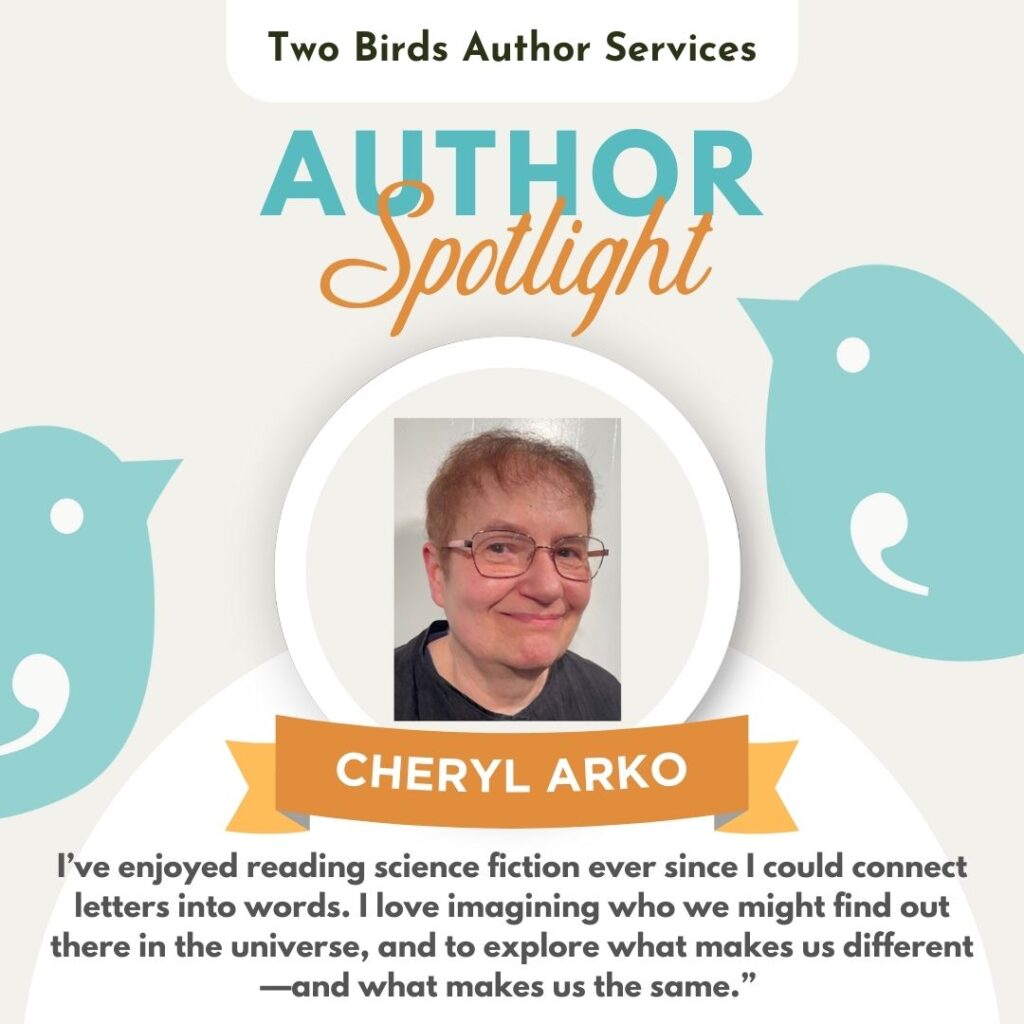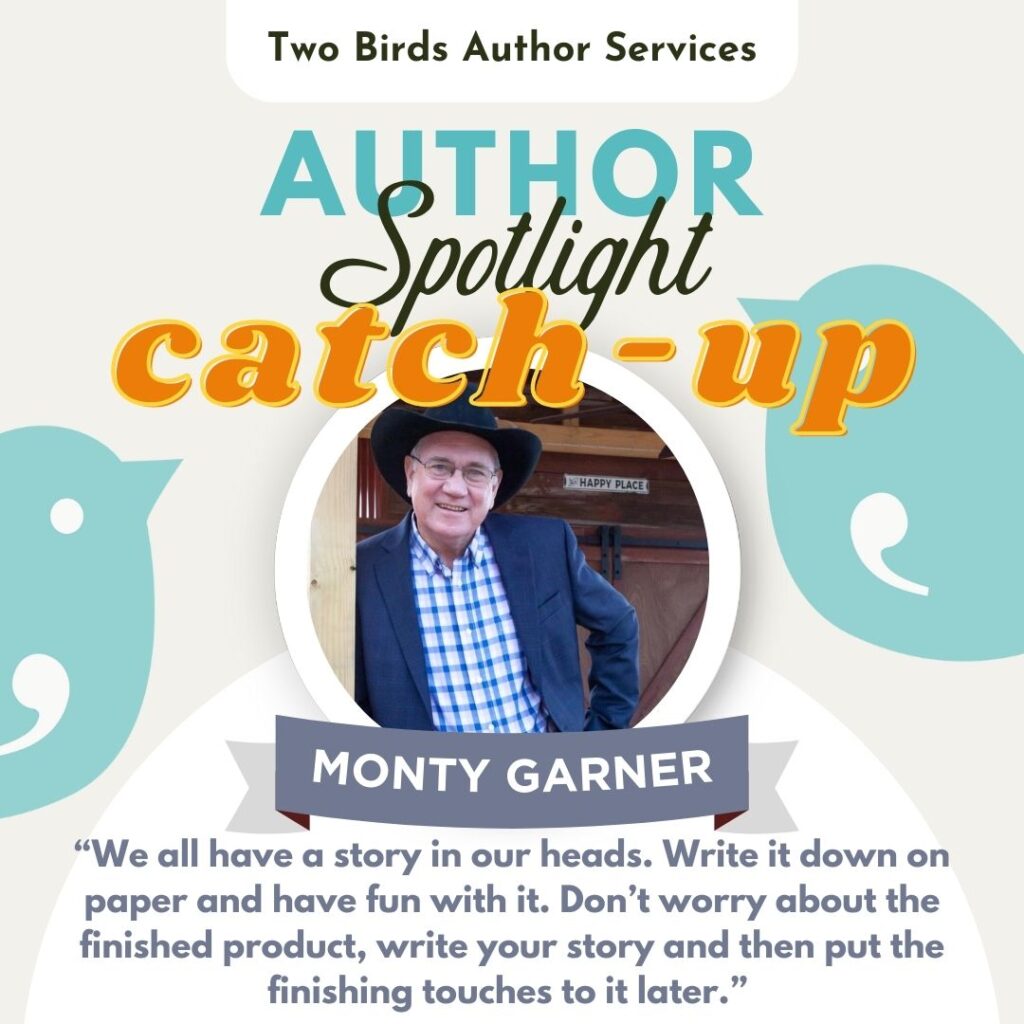Employ these tips for effective flashbacks
We’ve all done it, or at least we’ve all read the draft of a writer who’s done it. A flashback lies dramatically, attention-grabbingly, in the middle of a chapter. It slows everything down, wanders along, goes into too much detail… kind of like that annoying coworker who never reads the social signals and makes you dread sticking around to get the rest of the story they’ve just launched into.
(If you’ve seen the TV series, What We Do in the Shadows, flashbacks can be a real Colin Robinson. And no one wants that.)
The thing about flashbacks is, they seem easy. They’re a tempting solution for giving backstory. But if you don’t execute them well, they’ll stop your reader in their tracks and make the whole experience of reading your novel stutter to a halt. But here’s good news—you can use this technique smartly, if you do it right. Here’s what to think about:
1. Confirm that the flashback is truly necessary.
While flashbacks can be alluring because they’re a show-don’t-tell technique, they aren’t always necessary. Sometimes, the info you need to reveal just needs to be a sentence or two woven into the current events of the story.
Remember, flashbacks interrupt the flow of the story’s main events. You don’t want to do that unless the payoff for taking that pause levels up the tension, introduces new problems, or adds a twist that sends the story spiraling into a whole new direction. If you’re not getting that kind of dramatic payoff, the flashback probably will do more harm to the story than good, and there’s likely a much better way to share information than in a flashback if that’s the case.
2. What is your purpose for the flashback?
Digging a little more into what we’ve just discussed, flashbacks—like any writing technique—should be fulfilling a clear purpose that is both essential to the story at hand, and impossible to achieve by other techniques. A few reasons flashbacks can be helpful include:
- Revealing new and essential information that clarifies what’s happening. This is handy, for example, when you’re writing a mystery, and the flashback reveals why a certain character actually did have motive to commit murder.
- Subverting expectations. If you haven’t seen the movie The Sixth Sense yet, I’m about to spoil it for you. But the entire movie twist works only because throughout the story, the audience has the expectation that the doctor is there to help the little kid get through his issues. Only in retrospect, flashing back to various scenes we’ve already encountered but from a different viewpoint, does it become clear the doctor was dead all along—just one of the dead people who haunt this poor kid. Having our expectations upended is what makes the story so satisfying—a perfect example of when flashbacks can do their job with beauty.
- Making characters more empathetic. At the risk of bringing up a book I’m not a huge fan of because its writing isn’t that great, I’m going to go ahead and mention Fifty Shades of Grey anyway. Christian Grey is kind of a jerk throughout the book, but there’s a flashback at the end (in extra content, if I recall—but intentionally included). In this flashback, we see how poor Christian was forced to eat frozen peas as a toddler while his dead mother lies nearby, until the police rescue him. Obviously, this is meant to make readers feel some empathy for the guy, and maybe be less hard on him.
- Providing context for a dramatic moment that’s going to follow soon after. If you’re building up to a dramatic reveal (like the doctor being dead all along in The Sixth Sense—a realization the doctor has to have, because the kid already knows it), a flashback can help create the context that gives the realization power.
Tip: If you can’t convince your editors, beta readers, or yourself that your flashback is achieving any of these things, say goodbye to that flashback and see how else you can work that information into your story.
3. Decide how to present the flashback.
If you’re confident your flashback will achieve one or more of the goals we’ve discussed, it’s time to think about how to showcase the moment. We tend to think of flashbacks as memories a person has, and there’s nothing wrong with having a character remember something. But there are other ways to introduce the flashback too.
For instance, maybe a character finds an old diary or journal. Perhaps there’s a box in the attic filled with old letters to read and glean from. Maybe someone snoops on email, or they come across a video or audio file. Perhaps someone is being interviewed for the local news, or interrogated by the cops.
You can choose whichever one makes the most sense for your story.
4. Keep it short.
Again, flashbacks take readers out of the present event of the story as it’s unfolding, and throw them back into the past—the time before the novel started. As a result, it’s like someone is holding up a stop sign, and saying, “Pause to read this before you continue on your journey.”
The longer the pause, the more disconnected the reader gets from the main action.
In other words, if the flashback is too long, it pulls the reader out of the story, weakens the tension you’ve been so carefully building… It ruins the reading experience. So, the rule of thumb is this: Make that flashback as brief as humanly possible. Even if it’s dramatic in itself, it’s still halting the action of the character in their current story, so be concise.
5. Frame the flashback with clear transitions into and out of the flashback moment.
A flashback already forces readers to stop and think about when things are happening in the timeline of your story, to whom, and why. Make it easier for them to process everything by making it clear when the flashback starts, and when it ends.
One way to help readers understand the moment is a flashback to the past is to use a trigger. This is how our memories work anyway. We smell lemon, and remember Grandma’s lemon cookies. We hear a loud bang, and flinch as we remember the time a shootout happened with criminals on our friend’s front lawn. Identify the trigger, and use it in the present moment of the story, and then use it to tie into the first line of the flashback:
Rose smelled lemons, and that always made her remember baking with Grandma. The first time she ever even held a lemon was in Grandma’s kitchen. Grandma’s large, warm hands had guided hers as she squeezed the juice into a faded glass measuring cup, worn with decades of use. The lemon’s rind had felt bumpy under her little fingers, something that had surprised her because she was so used to fruit feeling slick with wax from the store…
When the flashback ends, provide another transition back into the main story so that readers can smoothly keep their sense of space and time. A simple word or two—like now, these days, etc.—can do the job of keeping the reader properly oriented.
Grandma had encouraged her to enjoy the full experience, pointing out the lemon’s bright taste and tangy-sour smell, and Rose had grinned under the attention and loving time spent in those lazy baking days. Now, though, Rose hardly ever stopped to enjoy the process. The lemons she held now were squeezed free of juice, and she’d barely even blinked. I wish I could slow down and enjoy life more, she thought…
Small transitions are essential for clarity and they help make it clear why the flashback matters.
6. Use the proper verb tenses
To help with transitioning in and out of flashbacks, you need to use the right verb tense. If your main story is told in present tense, your flashback can happen in past tense. Just be consistent—past for past, present for present.
If you’re telling the story in past tense, a super common convention that readers intuitively adapt well to, then you need to be a little more mindful of grammar. With flashbacks, you’ll need to use what’s called the past perfect tense—or the past before the past, if you will. Here’s an example:
I came home right after work and realized I didn’t have my key to mom’s front door. Damn, where did I put it? I thought back to last week, when Ellie and I had met up at the coffee shop. She had pointed out all the chocolate pastries in the window, I had insisted on buying several to show off… and I had put my key ring on the counter… Had I picked it up again? Now, as I thought about it, I decided I must have forgotten…
All those uses of “had” and the “must have forgotten”—yeah, that’s all past perfect tense, which indicates those events took place before the moment our character finds himself standing on the front porch, keyless. This simple use of proper grammar tells readers how to orient themselves in the timeline of the character’s lives, so it’s important to do this right.
Once you’ve used a few “hads”, if the flashback is going on for a few paragraphs, you can drop them and use simple past tense because the reader will be oriented, and it’ll streamline your writing. At the end of the flashback, use a good transition to get back into the “present” of the story again.
7. Don’t overuse them.
So… Lots of people actually hate flashbacks, because they can so easily be used too much and become cliches. Flashback in your prologue, cliche. Flashback anytime you want to provide vital back story, cliche. It’s not that you can’t do these things. It’s that you have to be intentional about it. Get to know as many storytelling techniques you can, and then interrogate yourself.
Can I do this better? What other options do I have? Am I falling back on flashbacks as a crutch?
If needed, they’ll work fine. But still, don’t use them every chapter. Use them only when they’ll catch attention and deliver a punch. Too much of anything—wine, chocolate, spending money, sex, and yes, flashbacks—is no good for anyone.
8. Reevaluate the flashback during the editing process.
In drafting, anything goes. But when you revise… Think about that darn flashback. Do you really need it? Is there a better way to convey the emotional and informational landscape of that scene? What will serve the readers best to give them a dramatic one-two punch? It’s all about them.
If you need to pull the flashback in favor of another technique, don’t hesitate to do so. It’ll be worth it. And you can always use that flashback as an extra for people who sign up for your newsletter, take advantage of pre-ordering, and so on. Revision is your friend in everything, including how you incorporate flashbacks into your story.
Have questions about the editing process? We’d love to chat with you and help you figure out your next steps. Contact us to set up a free sample edit.
Sign up to receive our Substack newsletter to get the latest updates and posts delivered straight to your Inbox.



